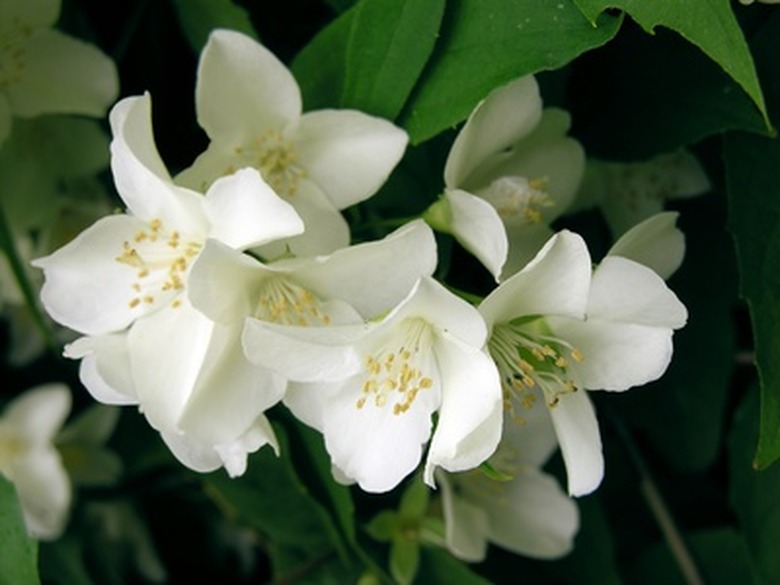What Plants Are Native To India?
India has a wide range of climate zones that range from tropical in the south to temperate in the north. With such a large land area, India is home to numerous native plants. Many plants native to India have become commonly cultivated in many other parts of the world.
Lotus
Lotus are native to India and are, in fact, sacred to a number of Indian religions, including Buddhism. Lotus is a water plant that can be cultivated either from seeds or from tubers. Lotus flowers are between 3 and 6 inches in diameter. They are usually pink, white, or a mix of pink and white. Growing from tubers is often easier and faster than seeds. To plant a lotus tuber, place the tuber under soil or sand in the bottom of a pond or pot of water. You may need to weight down the tuber with a rock to keep it from floating to the surface. Dwarf lotus can grow in pots that are as small as several feet across. However, full sized jasmine requires as much as 12 feet of growing space for the floating leaves of the plant.
- India has a wide range of climate zones that range from tropical in the south to temperate in the north.
- To plant a lotus tuber, place the tuber under soil or sand in the bottom of a pond or pot of water.
Jasmine
Jasmine is a very fragrant, evergreen vine or shrub. Jasmine is native to India and other tropical areas of Asia, Africa and Australia. There are many varieties of jasmine, with over 150 varieties known. Two varieties, Jasminum Officinale and Jasminum Grandiflorum, are popular for their fragrant oils. Oils from these two species go into cosmetics and perfumes. Jasmine flowers of all varieties often go into teas or are strung together to make fragrant garlands. Jasmine is usually propagated by cuttings. It grows best in rich, loamy soil that drains well. Regularly prune jasmine growing as a bush. Regular pruning also encourages flowering. When harvesting jasmine flowers, pick them early in the morning for maximum fragrance.
- Jasmine is a very fragrant, evergreen vine or shrub.
- Jasmine flowers of all varieties often go into teas or are strung together to make fragrant garlands.
Mango
Mangoes grow on trees that range from 30 to 100 feet. Native to India, mangoes have been grown since prehistoric times. Varieties of mangoes presently grown in India include Bombay Yellow, Malda, Olour, Safdar Pasand, and Suvarnarekha, among others. Mangoes grow best between 25 degrees north latitude and 25 degrees south latitude at elevations lower than 3,000 feet. Mangoes are not particularly fussy about soil, as long as the soil drains well. Mangoes grow best in full sun.
